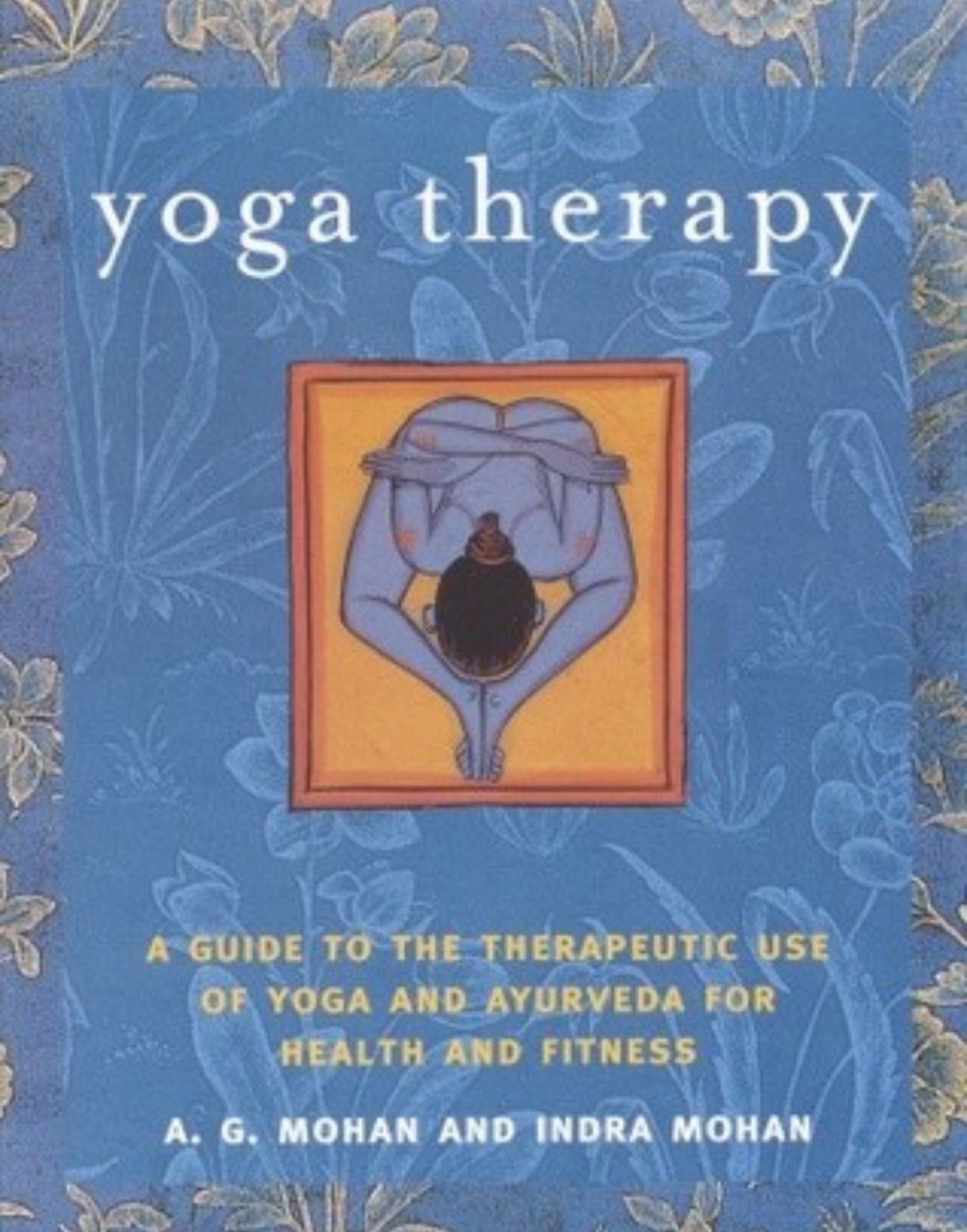I am mulling around an idea for a post on my business blog and thought I would draft it here to see how it reads. Plus, I can add my editorial comments here before making it more neutrally professional. 
Obviously, with the launch of my business website – The OSH Network – I am having to explain why I do not want to simply organize a few private group sessions for people to come do yoga. Last night, M said that he finally got why I call it yoga therapy and how it differs from a yoga class. I had been working with him for a back/bum pain that he’s had for a couple of weeks since starting to go to the gym regularly. This was the second time that we worked on this area. The first time, he had a lot of relief from the pain. This time, when we finished, he felt some relief and said “You could charge a lot more for this kind of yoga…” Um…yes darling.  Now, he’s starting to understand the difference between yoga for fitness and yoga therapy.
Now, he’s starting to understand the difference between yoga for fitness and yoga therapy.
Based on this conversation, I decided that perhaps I need to spend some time explaining the difference between what I want to do and why I do not just go to a studio to work for/with.
There are many yoga instructors these days as the trend spreads like wildfire with more and more aspirants going to India, Thailand, Sri Lanka, Nepal, Bali, etc to get their one-month 200-hr teacher training certification. One month and trained – done and dusted, right?! This reminds me of people who would do something similar to get their English teacher training certificates as well…. Still do not agree or like it! However, for yoga, this is probably enough and okay if the aspirant wants to be able to put together a sequence of yoga poses and ‘entertain’ people enough to lead a yoga class for a group. I see no issue with this at the end of the day – just as I came to accept it for an English instructor. 
The flip side, though, is what I am doing now. Over the course of the past year I have been doing a 300-hr teacher training certification and plan to do a six-month 200-hr certification starting in January to prepare me for a 500-hr certification to eventually become a trainer myself. More on that bit later, but the point is that I am spending nearly a year to learn about the poses in depth and how each pose affects the body. I study anatomy and the effects of moving in particular ways on the body for overall health and physical benefits.
If someone enters a yoga fitness class with a back pain, they may tell an instructor who will likely tell the student to avoid certain poses or to modify a pose so as not to increase pain. In some cases, the instructor may even be able to adjust that student if the class is small enough or there is time. However, what that student will not get is an assessment of why there is pain in the first place, targeted attention to relieve the back pain and strategies to be aware of how to avoid the back pain altogether. THIS is what we call yoga therapy.
As part of my business mission, I am working to help people feel better about themselves and their bodies physically, mentally and emotionally. Doing yoga therapy targets the sources of tension and pain to relieve and provides ways to prevent them later allowing a person to live a fuller, healthier and happier life. Integrating that with coaching and mindfulness strategies makes the whole person even better. THIS is what I want to do.
Although I enjoy a yoga fitness class for myself and if I break a sweat, that’s fine, this is not what I want to do for a business. Yoga fitness will improve health for sure, but yoga therapy will create long-term habits to improve health overall.
So, this is the gist of what I want to say. It is not refined in this post, but now that the ideas are out there and my voice is heard, I can re-draft.  Thanks for reading to help me get it out!!
Thanks for reading to help me get it out!! 
~T 






